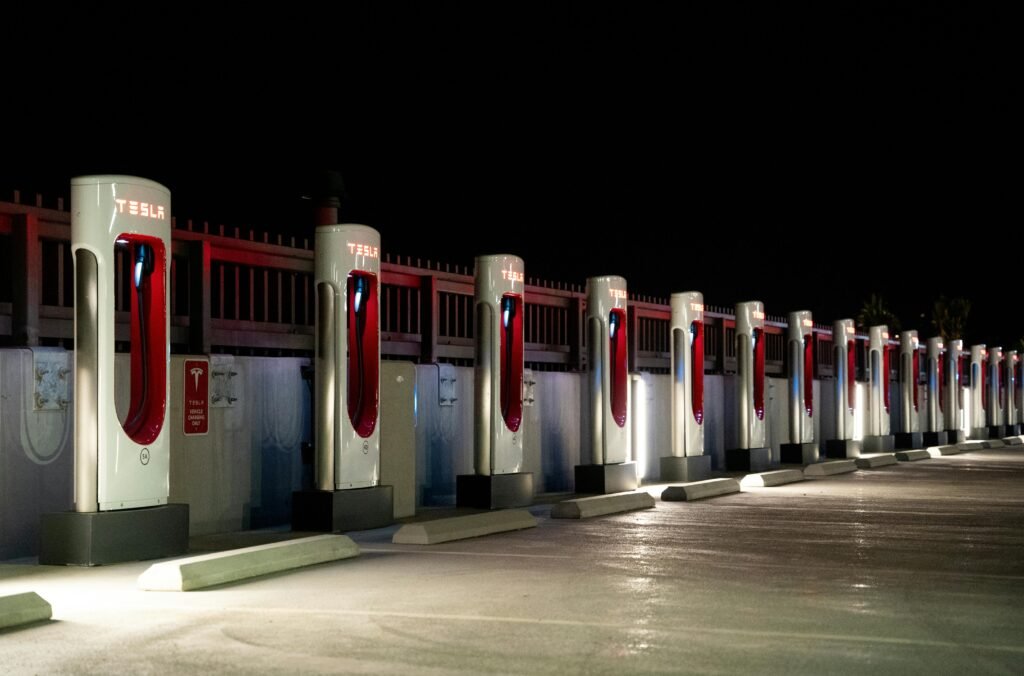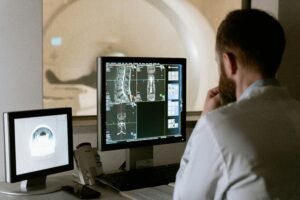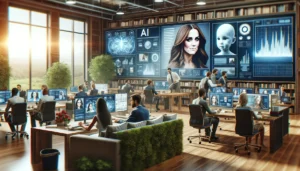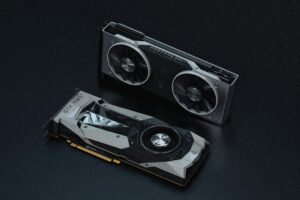Tesla Bot, Neuralink, and Elon Musk’s AI Ambitions

In the dynamic realm of artificial intelligence, Elon Musk‘s ventures, Tesla and Neuralink, have been at the center of media attention and public fascination. However, a closer examination of Musk’s AI endeavors reveals a complex narrative that intertwines groundbreaking ambition with challenging realities. This article offers a fact-based analysis of Musk’s AI ventures, assessing their achievements against their lofty goals.
Tesla: Autopilot’s Reality Versus Rhetoric
Tesla‘s Autopilot system, a flagship feature in its electric vehicles, epitomizes Musk’s drive for AI innovation. However, statistical data presents a nuanced picture. Despite advancements, the National Highway Traffic Safety Administration (NHTSA) reported over 270 crashes involving Tesla’s Autopilot since 2016. While Tesla cars have traveled millions of miles on Autopilot, these incidents highlight the system’s ongoing developmental nature and the gap between full autonomy and current capabilities.
Neuralink: Progress Measured Against Promises
Neuralink aims to develop brain-machine interfaces to treat neurological conditions and, eventually, to augment human cognition. The company has made strides, such as demonstrating a monkey playing a video game with its mind. However, compared to Musk’s initial projection of human trials by the end of 2020, Neuralink’s progress has been slower. The ambitious nature of merging AI with neuroscience is fraught with technical and ethical complexities, underscoring the challenges in meeting Musk’s bold timelines.
Tesla Bots: Between Potential and Practicality
Tesla’s announcement of developing humanoid robots was met with both intrigue and skepticism. While the potential for AI in automating tasks is vast, the practicality of humanoid robots in everyday scenarios remains questionable. Industrial robots, which have been in development for decades, are highly specialized and operate in controlled environments, unlike the proposed versatile functionality of Tesla’s humanoid robots.
Analyzing Musk’s AI Strategy
Musk’s approach to AI is characterized by setting visionary goals. However, a fact-based assessment shows a pattern of overpromising and underdelivering. For instance, Musk predicted in 2015 that fully autonomous Teslas would be a reality within two years, a milestone yet to be achieved. This gap between Musk’s ambitious timelines and the actual pace of technological advancement is a recurring theme in his AI narrative.
Economic Impact: Hype versus Performance
The market valuation of Musk’s companies often reflects anticipation of future innovations rather than current achievements. Tesla’s market capitalization, for instance, has soared, partly driven by expectations of AI breakthroughs. However, this valuation also raises questions about the discrepancy between current technological capabilities and investor expectations.
The Ethical Dimensions of Musk’s AI Ventures
Musk’s AI projects, especially Neuralink, also invite ethical considerations. The integration of AI into human cognition and the potential consequences require a careful, measured approach, balancing technological advancement with ethical responsibility.
In conclusion, while Elon Musk’s AI endeavors through Tesla and Neuralink represent significant strides in the field, a factual analysis reveals a more complex picture. The journey of Musk’s AI ventures is marked by remarkable ambition, but also by challenges in meeting projected goals and timelines, underscoring the need for realistic expectations in the rapidly evolving AI landscape.


















